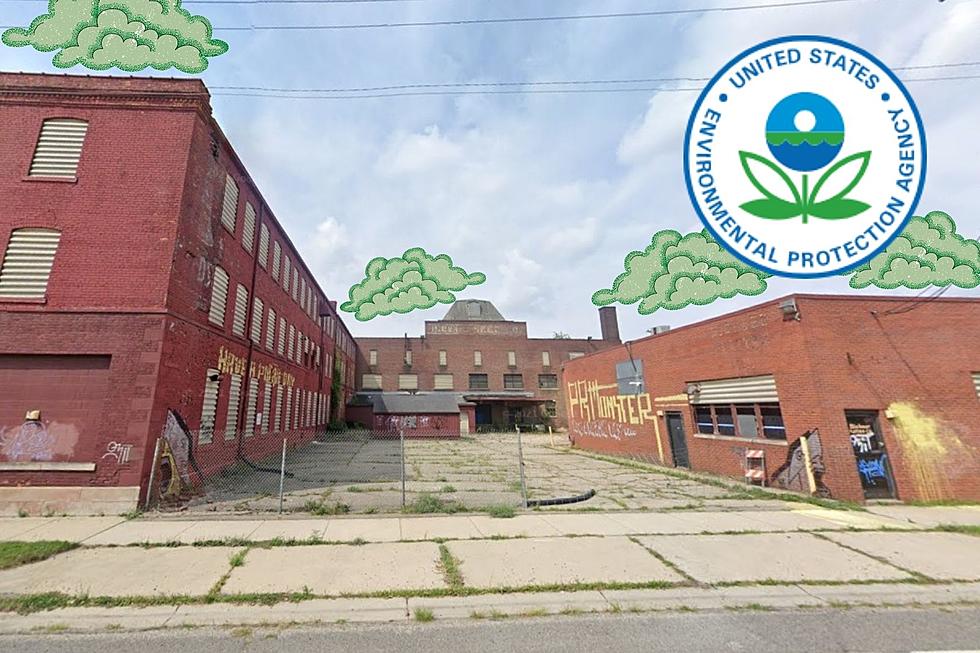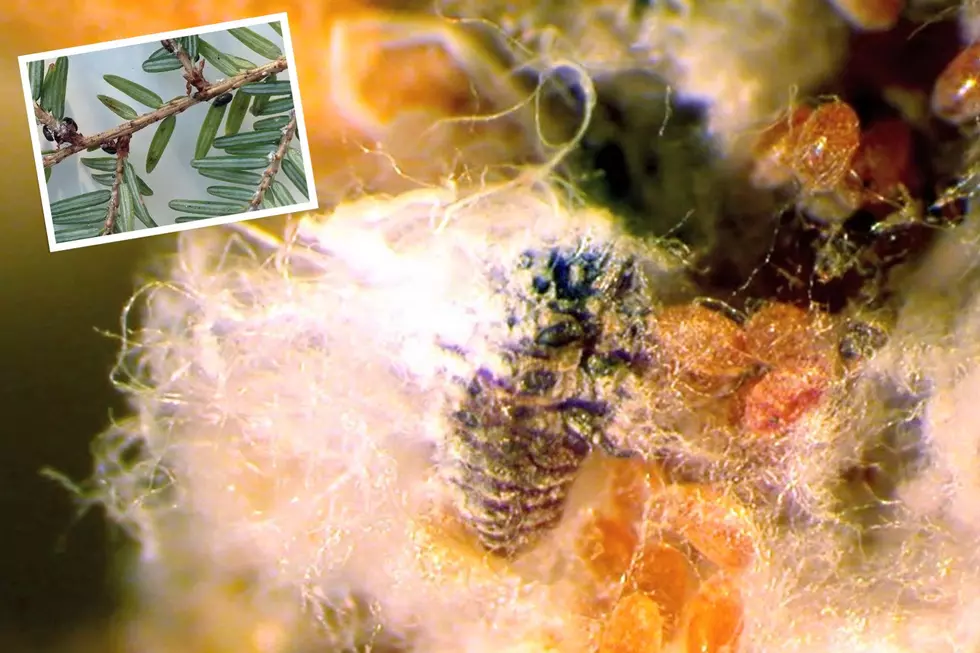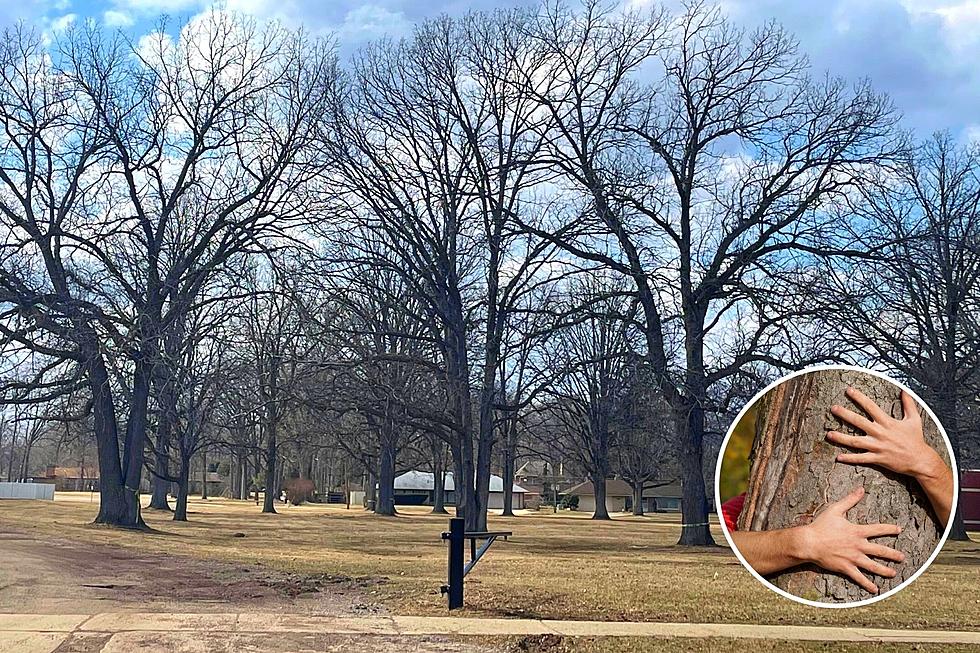
Old Jackson, Michigan Industrial Site Proven One Of The Most Toxic In the U.S.
Having not encountered much toxic waste or toxic "wastelands" in my life, I always thought the term "superfund site" was reserved for movies, TV and Chernobyl. Now, though, it appears there's one right in our backyard, in Jackson.
No, that's not even hyperbole, the United States Environmental Protection Agency (EPA) has added this former industrial site in Jackson to their list of "superfund" sites as, WILX reports, it's one of the most contaminated in the United States.

What is a Superfund Site?
Now, to fully understand what is happening here, we first need to understand what the term "superfund" really means. Before today, I thought it meant it was "SUPER funded" (or full) with toxic chemicals.
While that's not entirely wrong, it stems from the Comprehensive Environmental Response, Compensation and Liability Act (CERCLA), founded by the EPA in 1980.
How Jackson's Michner Plating Mechanic St. Became a Superfund Site
As reported by MLive, Michner Planting was founded in 1935, declared bankruptcy in 2007 and foreclosed on both their locations in 2015.
They were a metal plating facility where their Mechanic St. facility included four buildings across four acres, running adjacent to the Grand River.
However, they were not necessarily putting the "fun" in "superfund" because, per MLive, practically every year from 1989 to 2007, before moving to a new location, they received "improper chemical clean-up" violations from the State of Michigan.
Michner Plating - Mechanic St. Added to EPA Superfund National Priorities List
Well, all those violations over the years and the building sitting abandoned after that led us to where we are today...and where we were on March 17th, 2022 as that's when MLive reports the site was officially added to the National Priorities List.
Now, it was referred to the EPA by the state due to the "extensive contamination" and as of March 17th, it was recognized for its risks posed to human health and the environment.
See, not only does the fact contamination, as stated by the EPA, like "solvents, arsenic, hexavalent chromium, and high concentrations of Volatile Organic Compounds (VOCs) including vinyl chloride" exist at the site but now, there is also PFAS detected in surrounding groundwater.
The fact this exists is a problem enough and poses enough of a threat but also considering the location's proximity to the Grand River, this is a big problem...
How the EPA Plans to Clean Up the Jackson Superfund Site
"EPA has removed approximately 1,100 drums and hundreds of 55-gallon totes, but buried drums remain beneath the building slab," the EPA states. "The site is currently owned by Jackson County, which intends to redevelop the property for productive use after cleanup."
LOOK: The most expensive weather and climate disasters in recent decades
More From 99.1 WFMK









